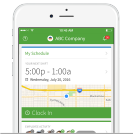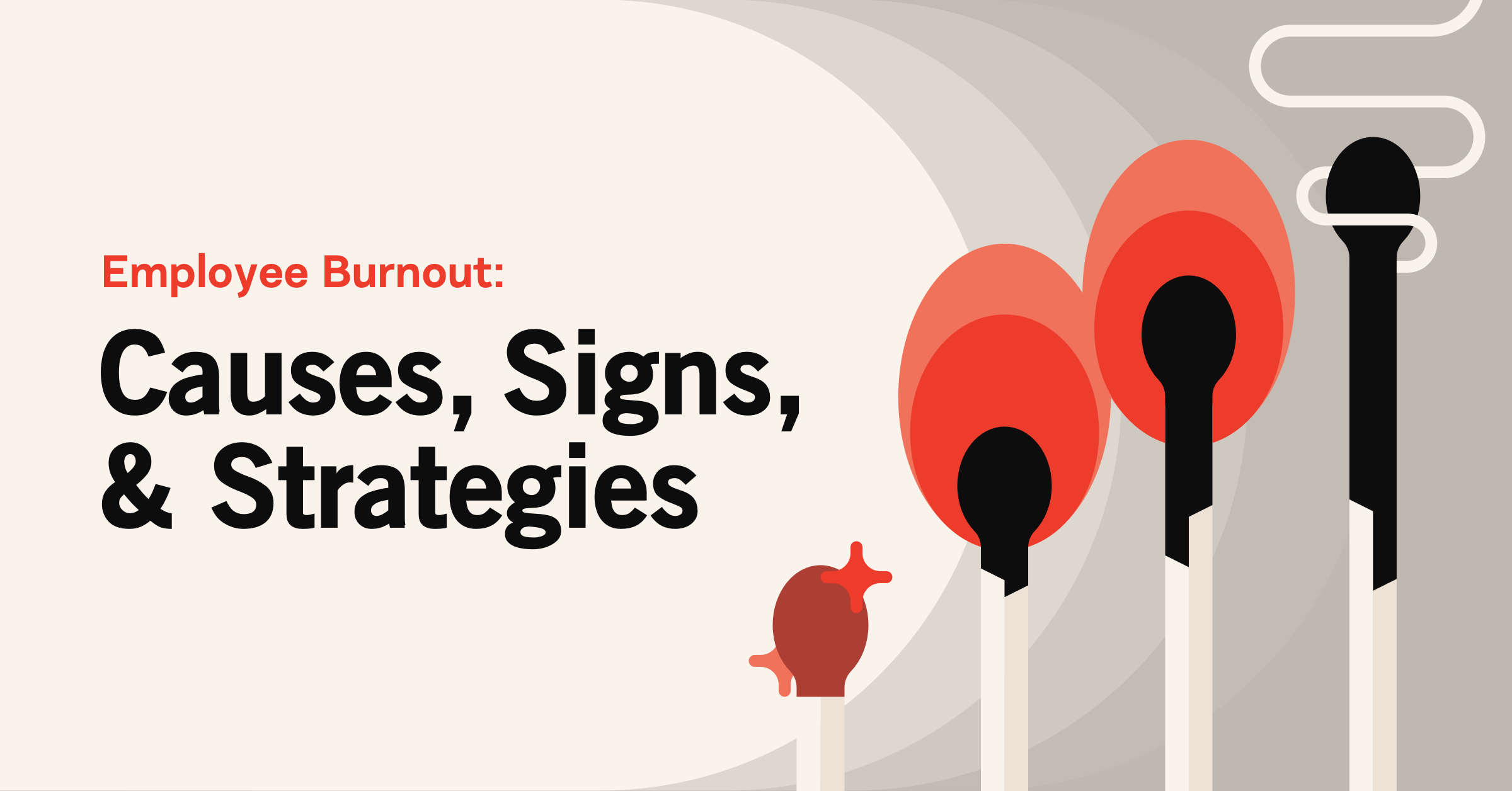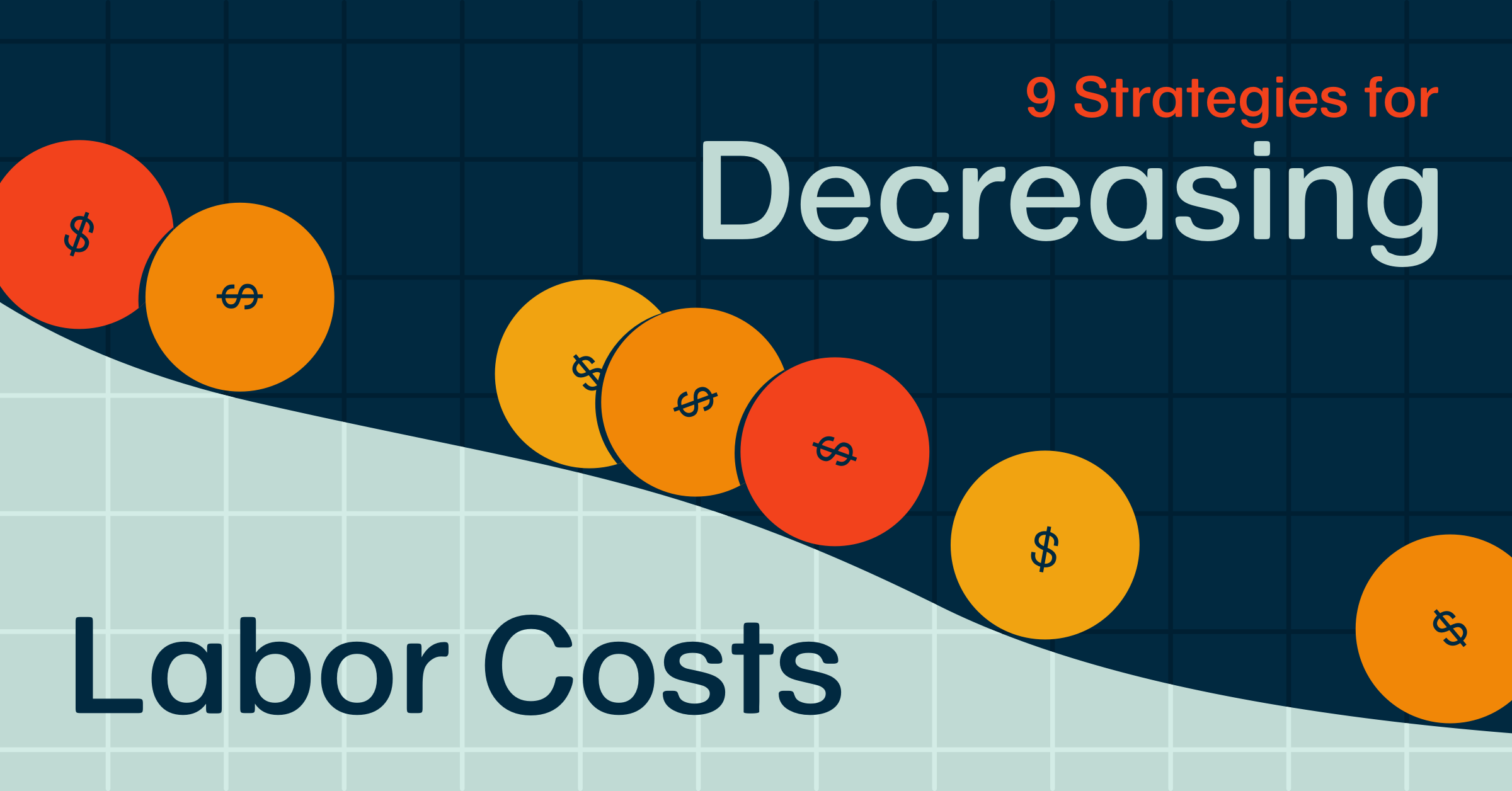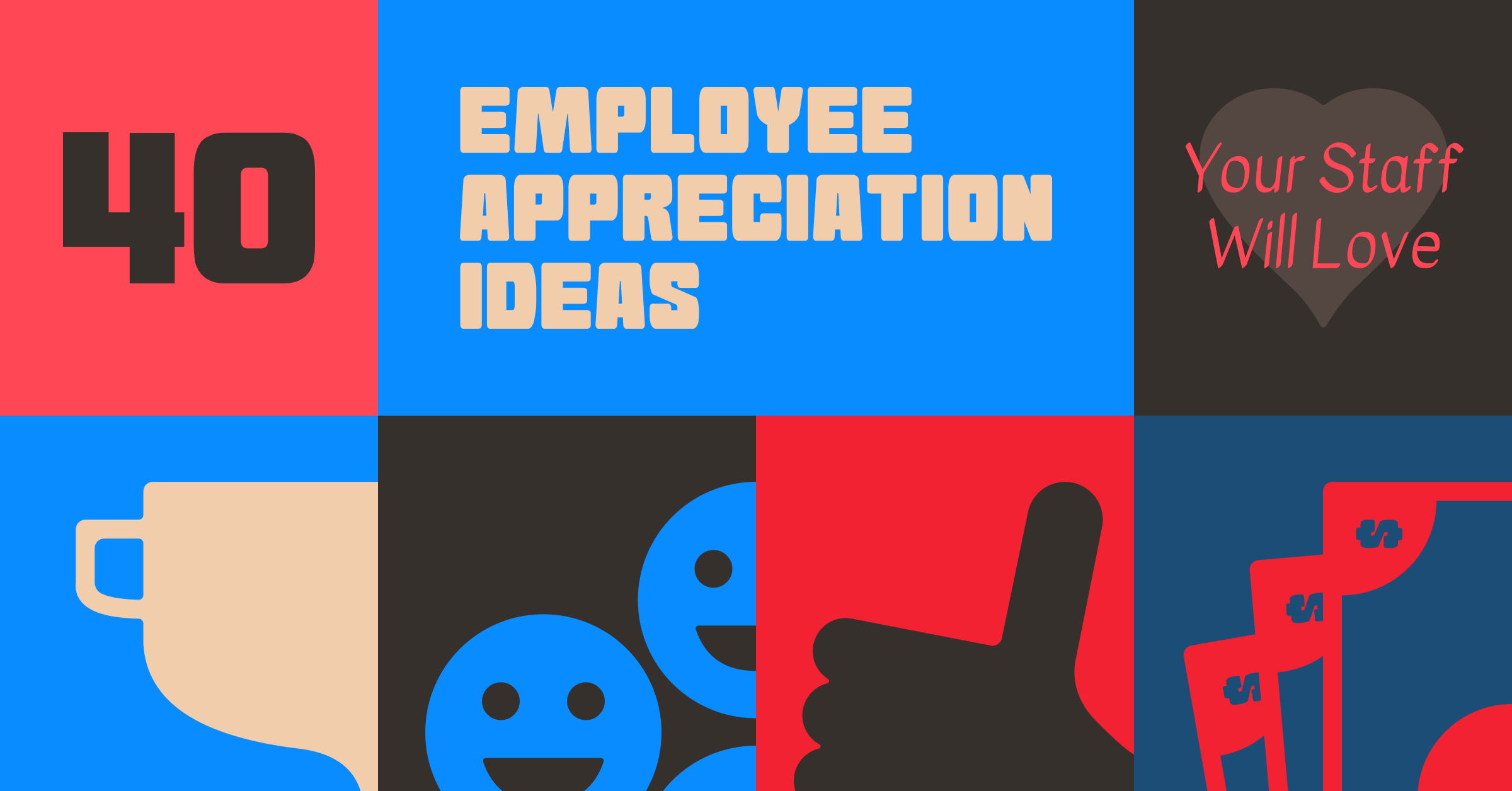Easy On-Call Rotation Schedule Template
Try When I Work for free
Do you use on-call shifts to meet after-hours business needs? If so, then you know that keeping up with on-call rotations can be a nightmare—especially if you are still doing things the old-fashioned way. The good news is that you can save time and distribute after-hours responsibilities easily with our on-call rotation schedule templates.
Download the free on-call rotation schedule template and start saving time.

Step 1: Input employee information
Step 2: Create roles and assign shifts
Step 3: Build your schedule
Key takeaways
- On-call staffing is hard on employees, and a rotating on-call schedule can be even tougher on their health and well-being.
- Use predictable on-call scheduling to help employees better manage their work-life balance
- Choosing the right type of employee on-call schedule will help you get the advantages for your business, while still keeping employees happy
Table of contents
- The disadvantages of manual scheduling for on-call staff
- The benefits of using an on-call rotation schedule template
- Things to consider when making an effective on-call rotation schedule
- Common on-call scheduling mistakes and how to avoid them
- Types of on-call rotation schedules and how to decide which one is right for you
- Optimize your scheduling process and your time management with easy employee scheduling software
Do you want to save even more time? Skip the spreadsheet and check out our employee scheduling software.
The disadvantages of manual scheduling for on-call staff
Rotating on-call schedules are among the most complex staffing documents. Simple mistakes can cause overlap, gaps, and employee frustration. Creating these documents manually causes even more problems, including:
- An uneven distribution of work
- Lack of coverage
- Excessive costs
- Poor customer service
- Frustrated staff
- Frustrated team members
- Health issues in team members
That’s why you need to use an on-call schedule template. With a template, you can stay organized and ensure that the needs of the company are met.
The benefits of using an on-call rotation schedule template
Are you still wondering whether you should use an on-call rotation schedule template? Here are a few of the benefits you’ll enjoy:
- Time savings
- Cost reductions
- Better coverage
- Improved customer service
- Happier team members
- A fair distribution of work
As you can see, there are plenty of great reasons to use a template. However, if you want to maximize your efficiency gains, you’ll need to skip the spreadsheet altogether. Here’s how a full-service scheduling platform can help you do just that.
Things to consider when making an effective on-call rotation schedule
You’ll want to make sure that your on-call rotation schedule is balanced to keep team morale high. Here’s how do that:
Communicate expectations with your team
Keeping your team in the know is crucial to ensure they understand what their responsibilities are during on-call shifts. Setting these expectations ahead of time reduces stress and frustration. Check in with your team on a regular basis to make sure everyone is on the same page and be open to feedback.
Provide support
When team members know they can reach out for help when they need it, it reduces the chance of burnout, which is a common problem for on-call employees. Having support in place shows your staff that you have their backs and are invested in their well-being.
Keep employee preferences in mind
While it’s important to have a fair on-call rotation schedule, it’s also important to remember your employees’ personal circumstances and availability preferences. Make sure on-call shifts fall within employee availability hours. Not only will your employees feel more valued and engaged, but you’ll also reduce turnover.
Common on-call scheduling mistakes and how to avoid them
When trying to make a fair and balanced schedule, you might actually be making a few mistakes. Be sure to not overload the individuals who have the most availability. They might seem to be willing to take more shifts, but it will eventually catch up to them. Spread the on-call shifts evenly throughout your team, while also respecting availability preferences.
Be sure to also provide detailed expectations and responsibilities for the on-call shift. Even if you think your employees know what to do because they work at your business on a regular basis, sometimes the on-call shift can mean they’re filling slightly different roles and they need to know what’s expected to be successful.
Types of on-call rotation schedules and how to decide which one is right for you
There are five types of on-call rotation schedules, and each one is right for a different situation:
Fixed shift rotation—each team member is assigned a specific day or time when they are on-call. This provides predictability for employees. It works well for smaller teams with stable work patterns.
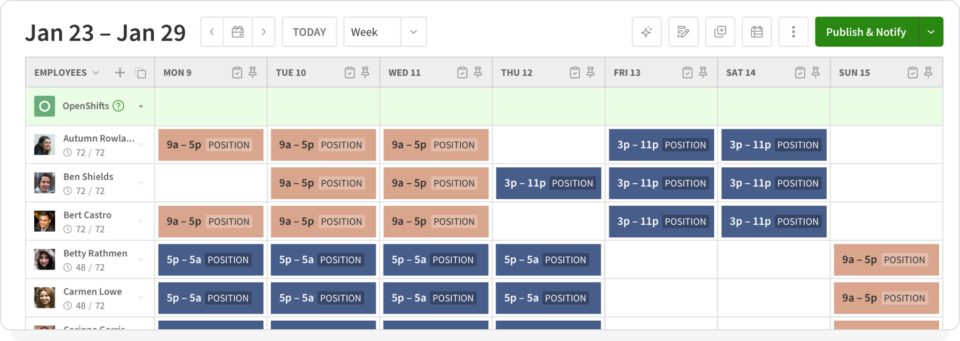
Rotating shifts—team members alternate shifts according to a set rotation. For example, you might have one employee on call for one week, and then the next week, another employee is on call. This helps balance the workload to prevent any one person from being overburdened. It works well for larger teams where emergencies can arise quickly or the volume is high and needs to be distributed evenly.
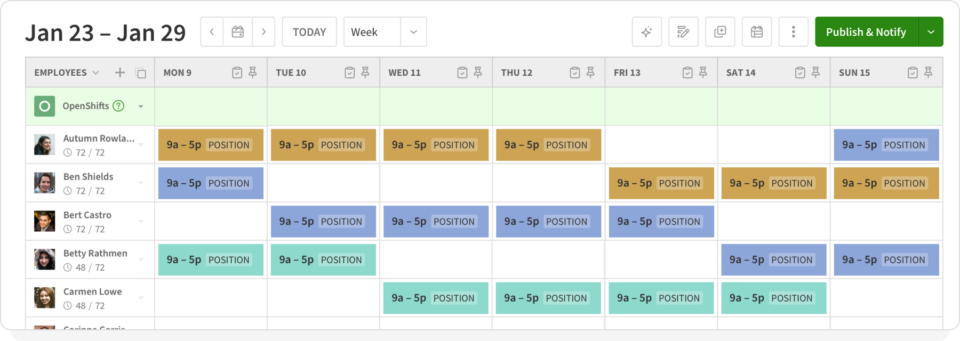
24/7 coverage (staggered or split shifts)—gives teams constant coverage to ensure that there is always someone available. One person might cover the morning shift, while another might cover the afternoon, and a third person will cover the evening (and they can even overlap during peak hours). This works well when there needs to be someone constantly on call, without overburdening any individual. This model works best for when you need around-the-clock coverage for critical operations, like in IT or healthcare.
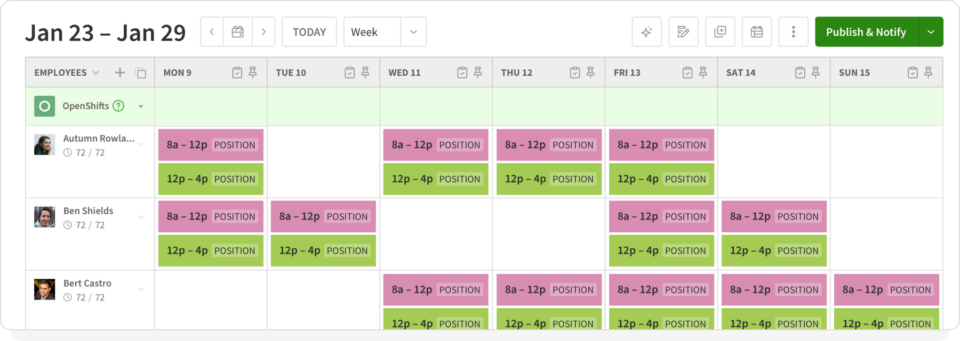
On-call pool (standby)—this is when a group of people are available for on-call support, but not on a fixed schedule. They take turns being available. When an issue arises, the first person in the pool is called in, making it a more flexible way to have people on call. This method works best for larger teams where the on-call workload is unpredictable and issues vary.
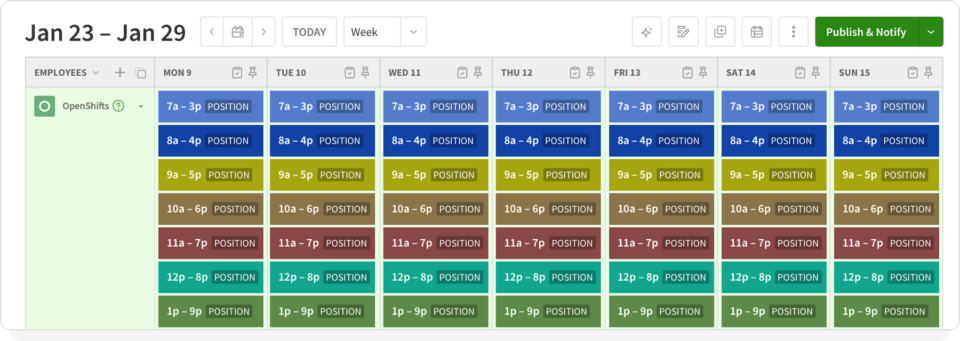
Ad-hoc (as-needed)—team members are called in only when needed, without a formal rotation. This is the least structured, so it has the most potential to lead to employee burnout. It’s best for smaller teams in less critical workplaces where issues don’t come up very frequently.
Choosing the right on-call rotation schedule depends on a number of factors, including team size, frequency of on-call shifts, employee preferences, and the urgency of the work. Ultimately, the best schedule for your team is the one that balances workloads, supports employee well-being, and ensures that you’re prepared to handle issues effectively and efficiently, without overwhelming your employees.
Optimize your scheduling process and your time management with easy employee scheduling software
At When I Work, we want you to have the tools you need to make managing your team easier. That’s why we offer a totally free on-call rotation schedule template.
However, we also know that a template solves only one aspect of your scheduling challenges. When I Work solves the rest of them.
When I Work is an all-in-one team management platform. It has lots of built-in tools, including a time clock, a team messaging feature, and of course, scheduling capabilities. That’s right—you can replace your spreadsheets, paper logs, and disparate communication tools with just one app!
With When I Work, you’ll also:
Get automated schedule templates

Our free on-call rotation schedule template is a great tool. However, it is still a spreadsheet file. That means you’ll have to manually move it into each document and save new schedules as separate files. Over time, this can make recordkeeping difficult.
Wouldn’t it be nice if your schedule templates were automated? We thought so too, which is why we added that feature to When I Work. You can build schedules with our automated templates. Once you assign roles and shift assignments, you can reuse the templates indefinitely.
All you’ve got to do is plug in employee names for each rotation. Alternatively, you can set custom rotation rules and apply them to your original schedule. When I Work will automatically build variations of your shift based on the rules you created. Talk about easy.
Save up to 15 hours per week building the schedule
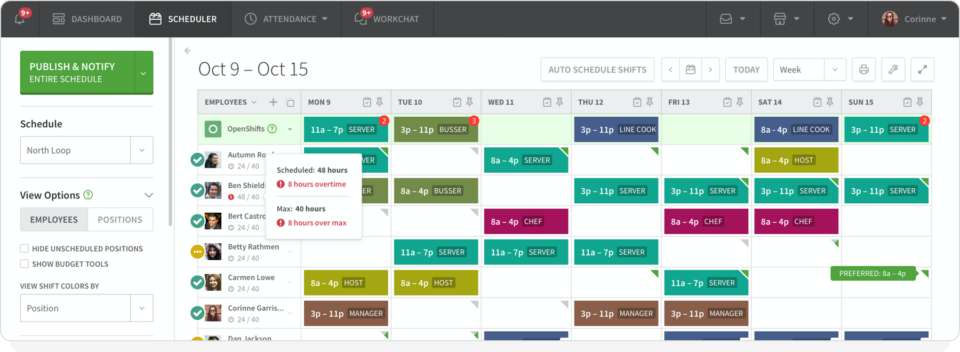
When I Work clients enjoy huge time savings. In fact, many users save up to 15 hours per week once they switch to our platform. That’s almost two entire eight-hour shifts.
Think about how many hours you waste creating on-call and standard work shifts each cycle. Could you be doing more valuable work with that time? Of course you could! That’s just one more reason to switch to When I Work.
Remember, When I Work isn’t just for on-call rotation scheduling. It can handle all of your scheduling needs with one app. That means no more juggling multiple spreadsheets or pages of notes. Everything you need will be in a centralized location.
Discover a 20% decrease in labor costs
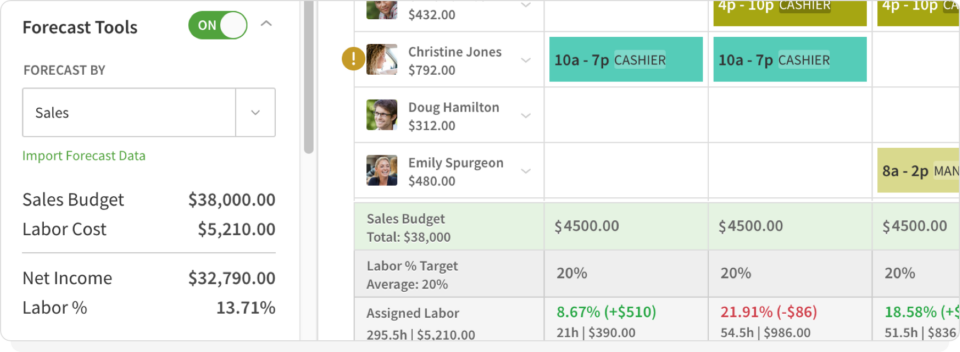
One of the biggest perks associated with When I Work is cost savings. Many of our clients see a decrease in labor costs. Some users reduce these expenses by up to 20%.
When I Work offers cost savings in multiple ways. For starters, you’ll reduce how much time is spent creating schedules and performing other administrative tasks. That alone can eliminate several hours from your weekly payroll.
On a broader scale, When I Work allows you to see the entire schedule for weeks at a time. You can identify overlaps and gaps. You’ll also be able to pinpoint which shifts are responsible for the most overtime expenses.
Don’t worry. You won’t have to sift through all of this information manually. Our reporting tools let you slice and dice your data. You can focus on your on-call team or the entire workforce. Once you know the source of your waste and excessive costs, you can make changes to reduce them.
Cutting down on payroll expenses provides several downstream benefits. First, you’ll improve revenue and profitability. Additionally, you can free up capital to pursue other improvements.
Scale across multiple locations

An on-call rotation schedule template doesn’t scale well. You will need a separate template for each location you manage. On the other hand, When I Work scales infinitely. Whether you are managing one location or 100, you can oversee them all with the same app.
Scaling with When I Work is cost-effective, too. We offer no-nonsense, per-user per-month pricing. It really is that simple. There are even three different tiers to choose from.
Our paid plans start at just $2.50 per user per month, so we offer something for every business.
Invest in as many or as few features as you need. Simply pick the plan that works for your business. You can upgrade at any time. Sign up for a free 14-day trial of When I Work and automate on-call rotation schedules today!
Start your free 14-day trial of When I Work! Click here to start scheduling your employees today.
